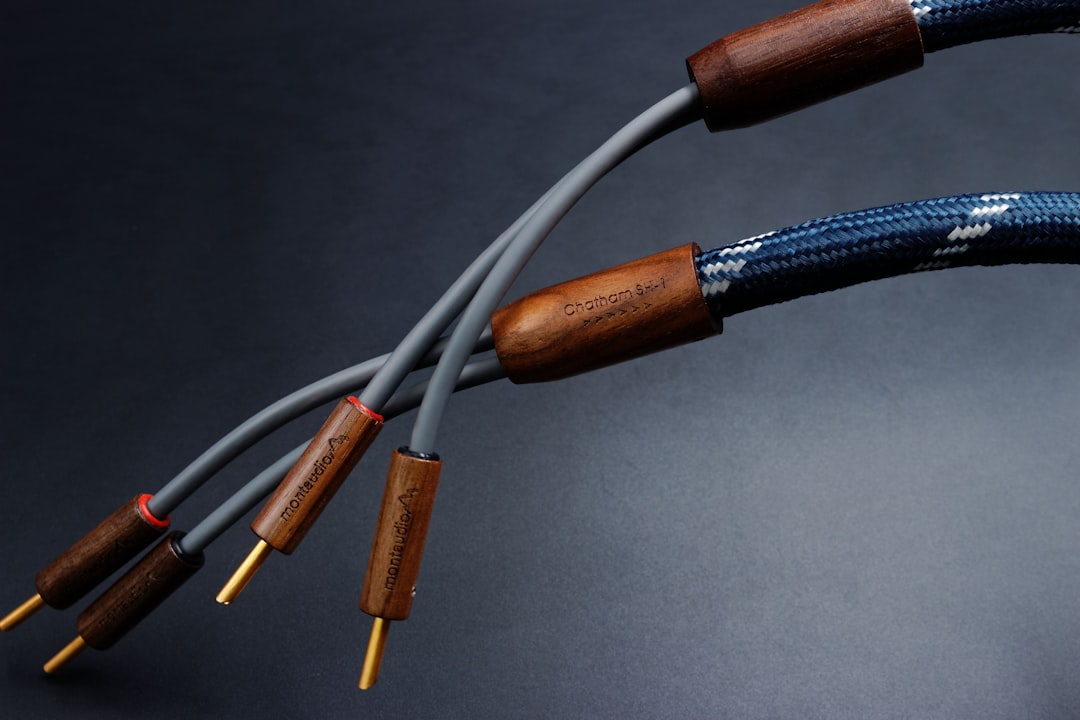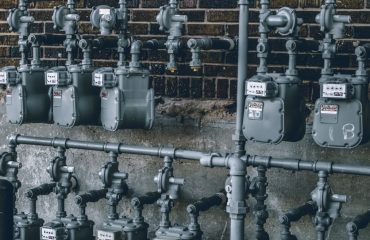Pipe bending and straightening are crucial processes in various industries, from construction and manufacturing to plumbing and oil and gas. Understanding the different techniques and choosing the right tools is essential for achieving precise results and maintaining structural integrity. This comprehensive guide explores the diverse world of pipe bending and straightening, offering insights into the methods, equipment, and considerations involved.
1. Understanding Pipe Bending Techniques
Pipe bending involves creating curves or bends in a pipe without compromising its structural integrity. The choice of bending method depends on factors like pipe material (steel, copper, aluminum, PVC), diameter, wall thickness, and the desired bend radius. Common techniques include:
- Hand Bending: Suitable for smaller diameter, softer pipes, this method uses hand tools like bending springs, hickeys, and pipe benders. It’s labor-intensive but ideal for on-site applications with limited access.
- Hydraulic Bending: This employs hydraulic presses or benders that exert controlled force on the pipe, resulting in precise bends. It’s suitable for larger diameter pipes and tougher materials, offering greater accuracy and repeatability.
- Roll Bending: This technique uses rotating rolls to gradually bend the pipe, ideal for creating large radius bends in long pipes. It’s commonly used for heavy-duty applications.
- Rotary Draw Bending: This advanced method uses a rotating die and clamping mechanism to pull the pipe through, creating accurate bends with minimal wall thinning. It’s preferred for complex bends and high-precision applications.
Selecting the appropriate technique requires careful consideration of the project’s specifications and the limitations of each method.
2. Pipe Straightening Methods: Addressing Imperfections
Pipes can become bent or dented during transportation, handling, or installation. Straightening is crucial to restore their integrity and ensure proper functionality. Various methods exist, depending on the severity of the imperfection and the pipe material:
- Manual Straightening: For minor imperfections, gentle hammering or using a straightening bar can suffice. This requires skill and care to avoid damaging the pipe further.
- Hydraulic Straightening: Hydraulic presses offer controlled force for straightening severely bent pipes. This method is effective for larger diameter pipes and those made of tougher materials.
- Three-Roll Straightening: This method utilizes three rotating rolls to gradually straighten the pipe, effectively removing bends and kinks. It’s ideal for long lengths of pipe and offers high precision.
- Thermal Straightening: For certain materials, controlled heating and cooling can help alleviate minor bends. This method is often used in conjunction with other techniques.
The selection of the straightening method hinges on the degree of bending, pipe material, and desired level of precision.
3. Choosing the Right Tools and Equipment
The success of pipe bending and straightening depends heavily on the quality and suitability of the tools and equipment used. Factors to consider include:
- Pipe Bender Type: Selecting the right type of bender (hand, hydraulic, roll, rotary draw) is crucial based on the pipe material, diameter, and desired bend radius.
- Dies and Mandrels: These are critical components in many bending processes, ensuring consistent bend radius and preventing pipe collapse or wrinkling. Choosing the correct size and type is essential.
- Hydraulic Presses and Pumps: For hydraulic bending and straightening, the capacity and pressure control of the press and pump are vital for achieving precise results.
- Measuring and Alignment Tools: Accurate measurements and alignment are crucial for both bending and straightening. Tools like measuring tapes, levels, and alignment jigs are indispensable.
Investing in high-quality tools and equipment is a worthwhile investment that ensures accurate, efficient, and safe operation.
4. Safety Precautions in Pipe Bending and Straightening
Pipe bending and straightening can be hazardous if proper safety precautions aren’t followed. Key safety considerations include:
- Personal Protective Equipment (PPE): Always wear safety glasses, gloves, and hearing protection. For hydraulic equipment, appropriate safety clothing is essential.
- Proper Machine Operation: Follow the manufacturer’s instructions carefully when operating any bending or straightening equipment. Ensure the machine is properly maintained and inspected before use.
- Safe Work Practices: Maintain a clean and organized workspace. Avoid distractions and ensure proper lifting techniques to prevent injury.
- Emergency Procedures: Be familiar with emergency procedures and have a plan in place in case of accidents.
Prioritizing safety is paramount in any pipe bending or straightening operation. A safe work environment ensures efficient and injury-free operations.
5. Material Considerations for Different Applications
The choice of bending and straightening method is also influenced by the material properties of the pipe. Different materials exhibit varying degrees of ductility, strength, and susceptibility to damage. Understanding these properties is vital:
- Steel Pipes: Require robust bending and straightening equipment due to their strength and potential for cracking. Careful control of bending force and radius is crucial.
- Copper Pipes: More ductile than steel, allowing for easier bending. However, excessive bending can lead to work hardening and cracking.
- Aluminum Pipes: Lightweight and ductile, but susceptible to wrinkling during bending. Appropriate mandrels and dies are essential.
- PVC Pipes: Relatively brittle and can crack easily under excessive stress. Lower temperatures and careful bending techniques are recommended.
Understanding the material properties is critical for selecting the right tools and techniques to avoid damage and ensure a successful outcome.
By understanding the various techniques, selecting the right tools, and prioritizing safety, you can master the art of pipe bending and straightening. This guide provides a foundational understanding to help you tackle your projects with confidence and precision.
SEO Tags:
pipe bending, pipe straightening, hydraulic bending, pipe bending techniques, pipe straightening methods




